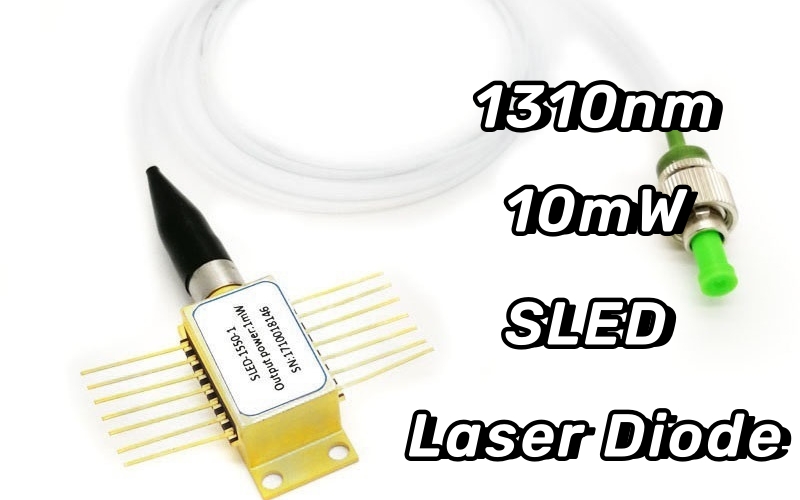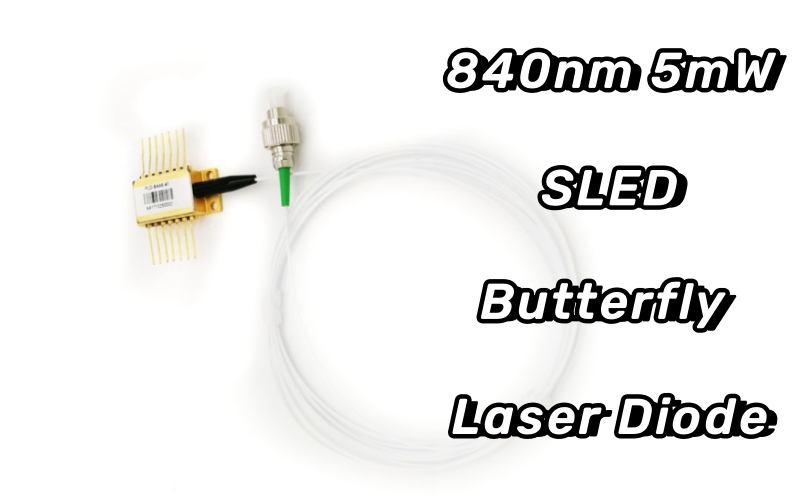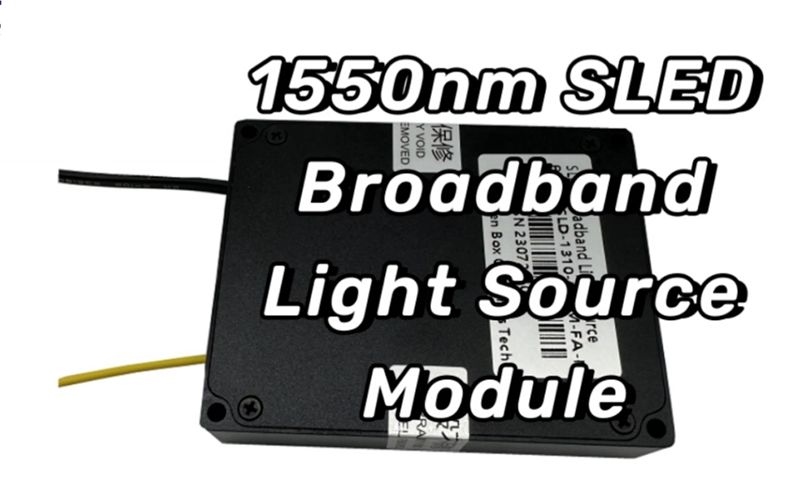Home > Products > Broadband light source > SLED broadband light source > Fourier-domain optical coherence tomography
Fourier-domain optical coherence tomography
Fourier-domain Optical Coherence Tomography (FD-OCT) is an advanced imaging technique that has revolutionized the field of medical diagnostics and research. It is a variation of Optical Coherence Tomography (OCT) that employs Fourier transformation to obtain high-resolution, cross-sectional images of biological tissues.
Send Inquiry
Product Description
In traditional time-domain OCT, a low-coherence interferometer is used to measure the echo time delay and intensity of light reflected from different depths within the tissue. This process involves acquiring a series of depth scans at different reference mirror positions, resulting in a time-domain signal. However, FD-OCT has introduced significant improvements in terms of imaging speed and sensitivity by utilizing a different detection approach.
Here is an introduction to Fourier-domain Optical Coherence Tomography:
Spectral Domain Detection: FD-OCT utilizes a spectrometer to simultaneously detect multiple frequencies (wavelengths) of light, capturing the interference pattern generated by the sample and reference arm. This method is often referred to as spectral or wavelength domain detection. By measuring the entire spectrum of the backscattered light, FD-OCT enables the acquisition of a depth profile or A-scan in a single acquisition, eliminating the need for mechanical scanning.
Fourier Transformation: In FD-OCT, a Fourier transformation is applied to the acquired spectral interference signal to obtain the spatial information of the sample. This transformation converts the signal from the frequency domain to the depth domain, allowing the reconstruction of cross-sectional images (B-scans) of the tissue. Fourier transformation provides fast and efficient processing of the acquired data, resulting in real-time or near-real-time imaging capabilities.
Increased Imaging Speed and Sensitivity: The spectrometer-based detection in FD-OCT enables high-speed acquisition of depth scans, significantly improving imaging speed compared to time-domain OCT. This rapid data acquisition is particularly advantageous for imaging moving samples, such as in ophthalmic imaging or cardiac imaging. Additionally, FD-OCT provides enhanced sensitivity, allowing the detection of weakly backscattered light, resulting in improved image quality and increased imaging depth.
Doppler and Functional Imaging Capabilities: FD-OCT can be extended to include Doppler imaging techniques, such as Doppler Fourier-domain Optical Coherence Tomography (Doppler FD-OCT). This enables the visualization and quantification of blood flow dynamics in vessels and tissues. Furthermore, FD-OCT can be combined with other functional imaging modalities, such as polarization-sensitive imaging or spectroscopic analysis, to provide additional information about tissue properties, molecular composition, or structural changes.
The introduction of Fourier-domain Optical Coherence Tomography (FD-OCT) has greatly advanced the capabilities of OCT imaging. Its fast imaging speed, improved sensitivity, and potential for functional imaging have expanded its applications in various fields, including ophthalmology, cardiology, dermatology, and oncology. FD-OCT continues to drive advancements in medical diagnostics, enabling non-invasive, high-resolution imaging for improved patient care and scientific research.
Here is an introduction to Fourier-domain Optical Coherence Tomography:
Spectral Domain Detection: FD-OCT utilizes a spectrometer to simultaneously detect multiple frequencies (wavelengths) of light, capturing the interference pattern generated by the sample and reference arm. This method is often referred to as spectral or wavelength domain detection. By measuring the entire spectrum of the backscattered light, FD-OCT enables the acquisition of a depth profile or A-scan in a single acquisition, eliminating the need for mechanical scanning.
Fourier Transformation: In FD-OCT, a Fourier transformation is applied to the acquired spectral interference signal to obtain the spatial information of the sample. This transformation converts the signal from the frequency domain to the depth domain, allowing the reconstruction of cross-sectional images (B-scans) of the tissue. Fourier transformation provides fast and efficient processing of the acquired data, resulting in real-time or near-real-time imaging capabilities.
Increased Imaging Speed and Sensitivity: The spectrometer-based detection in FD-OCT enables high-speed acquisition of depth scans, significantly improving imaging speed compared to time-domain OCT. This rapid data acquisition is particularly advantageous for imaging moving samples, such as in ophthalmic imaging or cardiac imaging. Additionally, FD-OCT provides enhanced sensitivity, allowing the detection of weakly backscattered light, resulting in improved image quality and increased imaging depth.
Doppler and Functional Imaging Capabilities: FD-OCT can be extended to include Doppler imaging techniques, such as Doppler Fourier-domain Optical Coherence Tomography (Doppler FD-OCT). This enables the visualization and quantification of blood flow dynamics in vessels and tissues. Furthermore, FD-OCT can be combined with other functional imaging modalities, such as polarization-sensitive imaging or spectroscopic analysis, to provide additional information about tissue properties, molecular composition, or structural changes.
The introduction of Fourier-domain Optical Coherence Tomography (FD-OCT) has greatly advanced the capabilities of OCT imaging. Its fast imaging speed, improved sensitivity, and potential for functional imaging have expanded its applications in various fields, including ophthalmology, cardiology, dermatology, and oncology. FD-OCT continues to drive advancements in medical diagnostics, enabling non-invasive, high-resolution imaging for improved patient care and scientific research.
Hot Tags: Fourier-domain optical coherence tomography, China, Manufacturers, Suppliers, Factory, Customized, Cheap, Low Price, Brands, Quotation, Price
Related Category
Send Inquiry
Please Feel free to give your inquiry in the form below. We will reply you in 24 hours.













